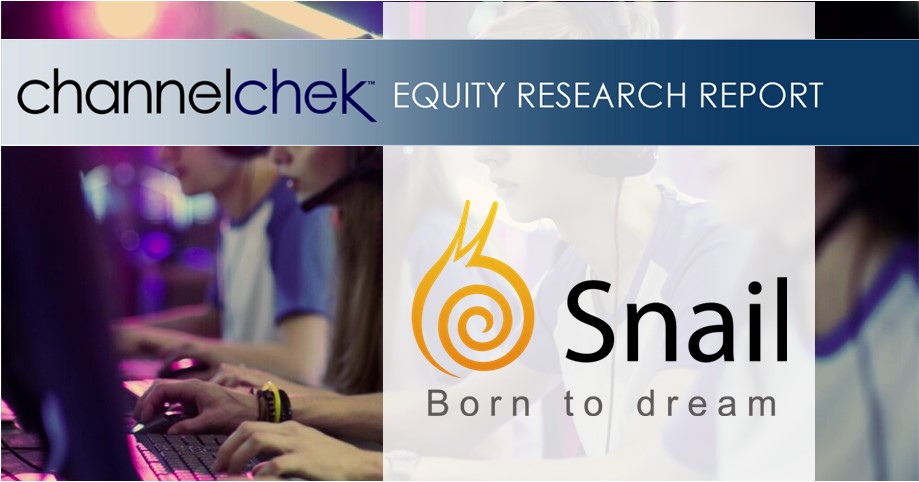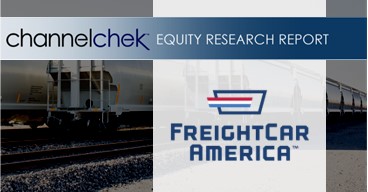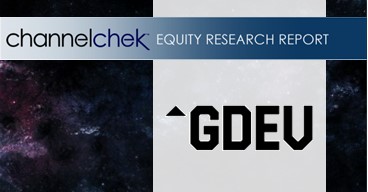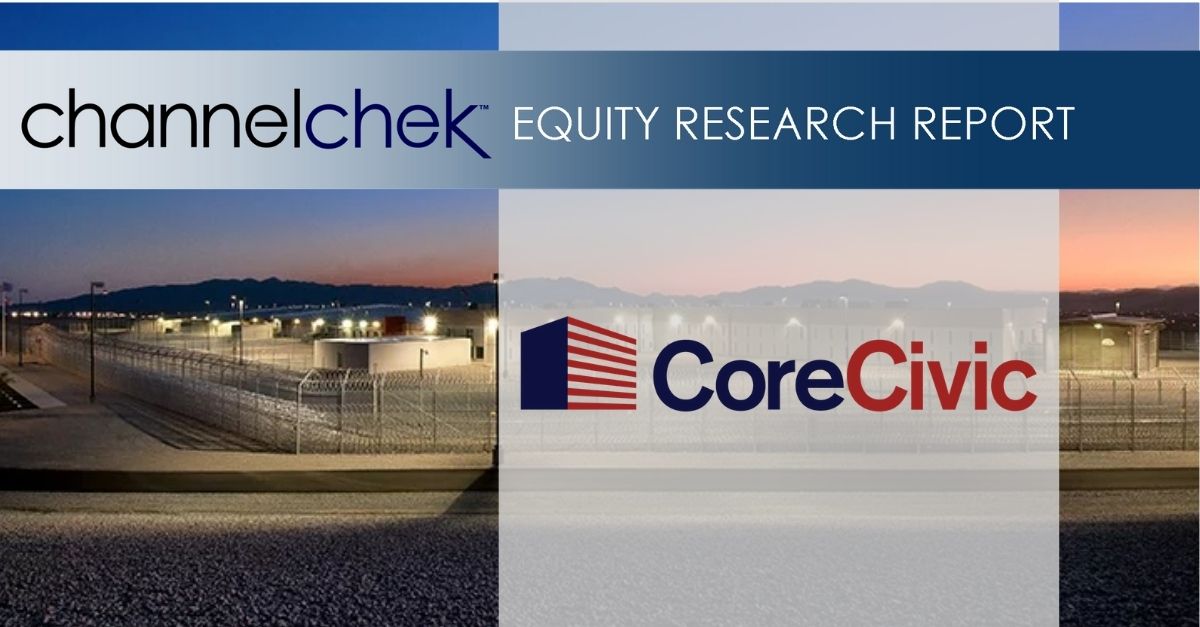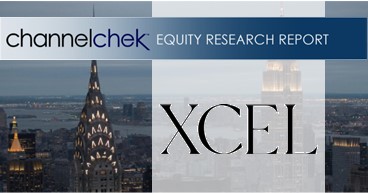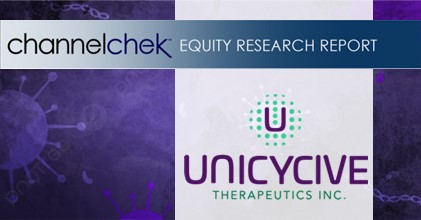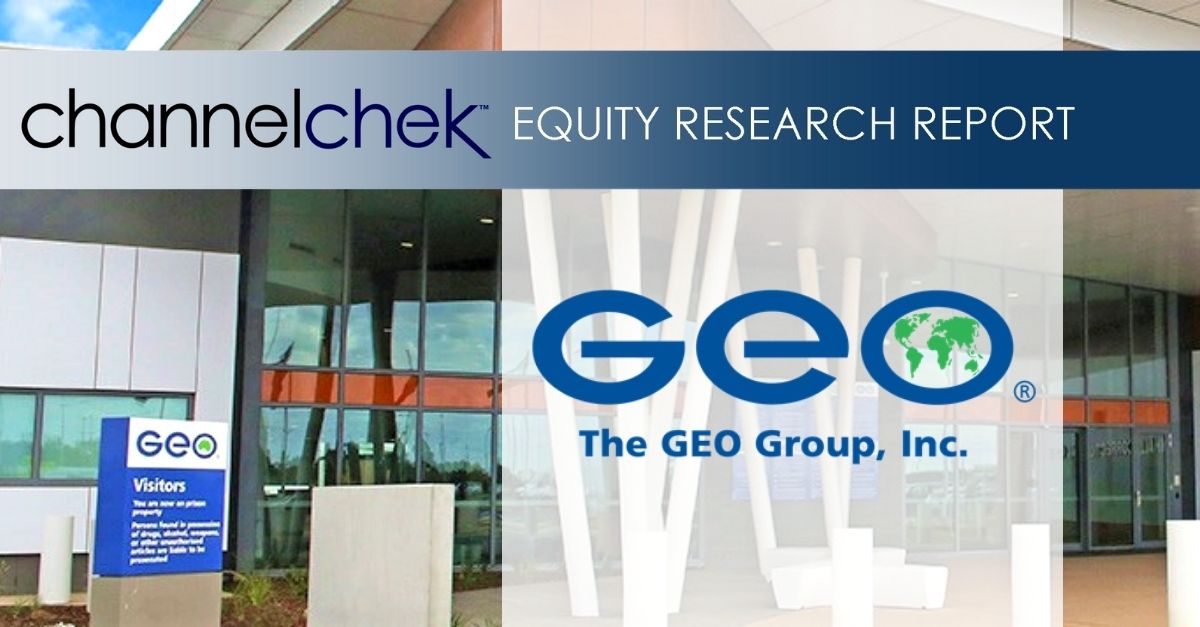
Friday, June 13, 2025
Snail is a leading, global independent developer and publisher of interactive digital entertainment for consumers around the world, with a premier portfolio of premium games designed for use on a variety of platforms, including consoles, PCs and mobile devices.
Michael Kupinski, Director of Research, Equity Research Analyst, Digital, Media & Technology , Noble Capital Markets, Inc.
Jacob Mutchler, Research Associate, Noble Capital Markets, Inc.
Refer to the full report for the price target, fundamental analysis, and rating.
Noble Virtual Conference. On June 4, the company presented at the Noble Virtual Conference to the investment community. The presentation conducted by Heidy Chow, CFO, and Peter Lin, Sr. Manager, FP&A, highlighted the company’s release roadmap, unique product offerings, and portfolio diversification. A replay of the presentation can be viewed here.
Favorable release roadmap. The company has a busy release roadmap for 2025, which includes a 10th-anniversary expansion pack for ARK: Survival Evolved, a new expansion pack for ARK: Survival Ascended, and the release of Bellwright on Xbox in Q4. Additionally, nine new gaming titles are slated for 2025, including Robots at Midnight, Honeycomb, and Echoes of Elysium, which could have breakout potential. Additionally, the company recently expanded into new entertainment categories to further expand its portfolio.
Get the Full Report
Equity Research is available at no cost to Registered users of Channelchek. Not a Member? Click ‘Join’ to join the Channelchek Community. There is no cost to register, and we never collect credit card information.
This Company Sponsored Research is provided by Noble Capital Markets, Inc., a FINRA and S.E.C. registered broker-dealer (B/D).
*Analyst certification and important disclosures included in the full report. NOTE: investment decisions should not be based upon the content of this research summary. Proper due diligence is required before making any investment decision.
